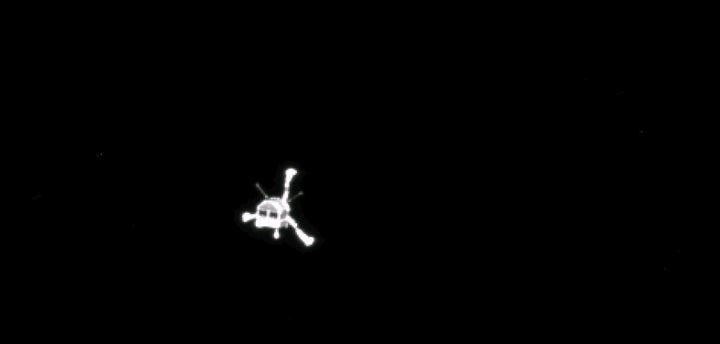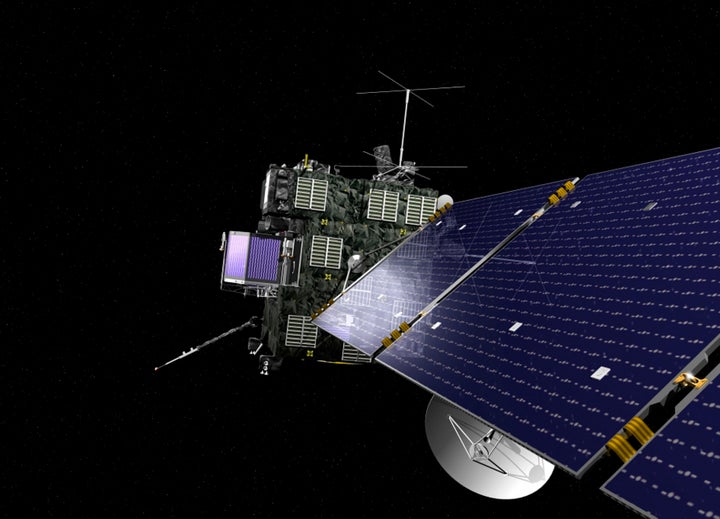The ESA have confirmed that on the 26 July, they will cease all communications between the Rosetta spacecraft (currently in orbit around Comet 67P/Churyumov-Gerasimenko) and the Philae lander which resides on the comet’s surface.
This marks the first stage in what will be a month-long final goodbye for the mission at the end of which Rosetta will be flown down onto the surface of 67P alongside Philae.

Launched back in 2004, Rosetta took nearly 10-years to reach Comet 67P upon which it sent the tiny Philae lander down onto the comet’s surface.
It became the first spacecraft to successfully land onto the surface of a comet, and while the mission had a few hiccups the scientific data it has provided has been invaluable.

Lasting only 60 hours on reserve energy Philae had landed on a part of the comet that didn’t receive enough sunlight.
It then went into hibernation for 11 months before the comet’s position was such that the lander could finally turn on.
Once it had woken up Philae was able to send a brief packet of information over a period of just 85 seconds.
Despite having to adapt to the new situation, the Rosetta team have said that overall Philae has been a success.
Ekkehard Kührt, a planetary scientist who worked on the Philae mission stressed, “The analysis of the data will continue for several years,”
“Although some measurements could not be carried out, overall, Philae was a success,”
“We have acquired a great deal of new information, but we are still far from a final understanding.”

Rosetta will continue broadcasting to the ESA for the next few weeks however it too will soon stop communicating with the team back on Earth.
Matt Taylor, ESA Rosetta project scientist: “30 September will mark the end of spacecraft operations, but the beginning of the phase where the full focus of the teams will be on science. That is what the Rosetta mission was launched for and we have years of work ahead of us, thoroughly analysing its data.”
Rosetta’s operators will change the spacecraft’s trajectory in August and then the next six weeks will involve a series of oddly-shaped orbits as the team slowly bring the spacecraft down onto the comet’s surface.
“The last six weeks will be particularly challenging as we fly eccentric orbits around the comet – in many ways this will be even riskier than the final descent itself.” said Sylvain Lodiot, ESA Rosetta spacecraft operations manager.
